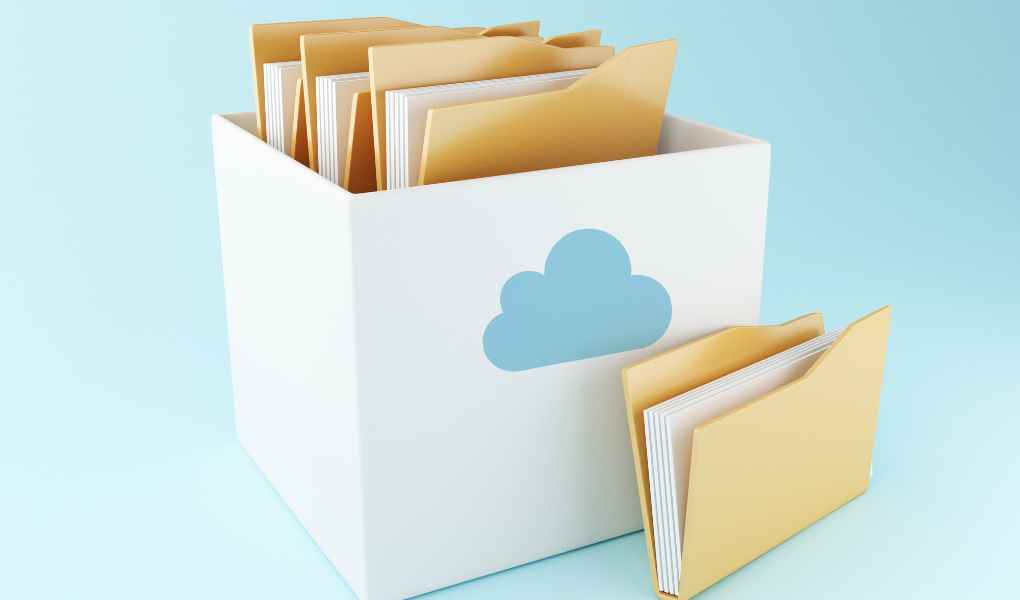By 2025, the total amount of data in the world will reach 175 zettabytes, and it will all need to be stored somewhere. In this article, we talk about cloud storage, what they are and how to choose the right one.
Why Cloud Storage Is More Convenient Than Local Storage
Cloud storage is a virtual box for storing files on the Internet. You can download documents and other data and access them online. Like regular storage on a computer, cloud storage allows you to work with files: view, edit and delete. But unlike local drives, the data is stored not on the device but on the provider’s server.
An example of cloud storage is Google Drive, where documents, photos, videos and other files are stored. Cloud storage is also used in business; for example, it keeps user data, transactions, and photo and video content.
Some reasons make cloud storage more convenient than local storage:
Scalability: If necessary, you can increase the amount of cloud storage without transferring data from one drive to another.
Safety: Cloud storage insures you against damage to the storage device itself: it cannot be damaged or lost. The servers are securely protected, and a backup copy can be made in case of an emergency.
Access from different devices: Using cloud storage, you get access to files from any device – phone, laptop, tablet. When using a local drive, this is not possible: you need media to access the data.
Possibility of collaboration: You can give colleagues and employees access to cloud storage and work with files together. Access can be limited, for example, read-only, and you can close it at any time.
Cost optimization: Unlike physical storage, with cloud storage, you pay for the space you actually use. If now you need 200 GB, and in a year – 1 TB, you pay precisely for 200 GB and then buy additional space on the server.
If you use physical media, you will either have to buy a large drive outright or transfer data from one to another.
What Are Cloud Storage Types?
There are three types of cloud storage: file, block and object. Let’s take a closer look at what the difference is between them and what tasks they help solve.
File Storage
In simple terms, file storage is like huge folders in the cloud where you can store your files as if they were on your computer.
File storage can be managed even by users who have never encountered cloud storage before because the logic of its operation is the same as in the case of folders on a computer. The simplest example of file storage is any online drive, such as Dropbox or Google Drive.
Block Storage
Block storage is like the LEGO of data. Data stored in this type of cloud storage is divided into blocks of equal size. When part of the data is changed, only the required block changes; all others remain the same.
Typically, this type of cloud storage is used when there is a lot of data and changes need to be made to it often. For example, block storage is used in online games. Many elements (for example, sounds, maps, textures, and characters) are stored in different blocks. When developers make changes, only the necessary blocks are updated.
Object Stores
Object storage is a big box. Unlike a file, the data in it is located unstructured and non-hierarchically, so you don’t need to go through folders to search. At the same time, the files have metadata, for example, download time, user name and other data.
Object cloud storage is suitable for storing any data, and it can be accessed via URL. For this reason, object storage is ideal for distributing media files and is used, for example, by online cinemas.
Also Read: Types Of Cloud Backups
How To Choose Cloud Storage
- Storage capacity: Most often, the tariff depends on the storage capacity. Determine the approximate amount of data you will need to store, taking into account possible scaling, and choose the appropriate one.
- Storage security: If you plan to upload confidential data to cloud storage, check how scrupulous the storage developers are about security. Is the data encrypted? Are there authentication mechanisms? Is there a backup option?
- Integration and ecosystem: Does the storage have the ability to integrate with other services? For example, file storage integrates with a project management system, allowing project managers and teams to quickly access needed files directly from the project management system interface.
Price. Compare all your cloud storage options and determine which one is the best value for money.
Also Read: Cloud Storage For Business: Overview And Comparison








